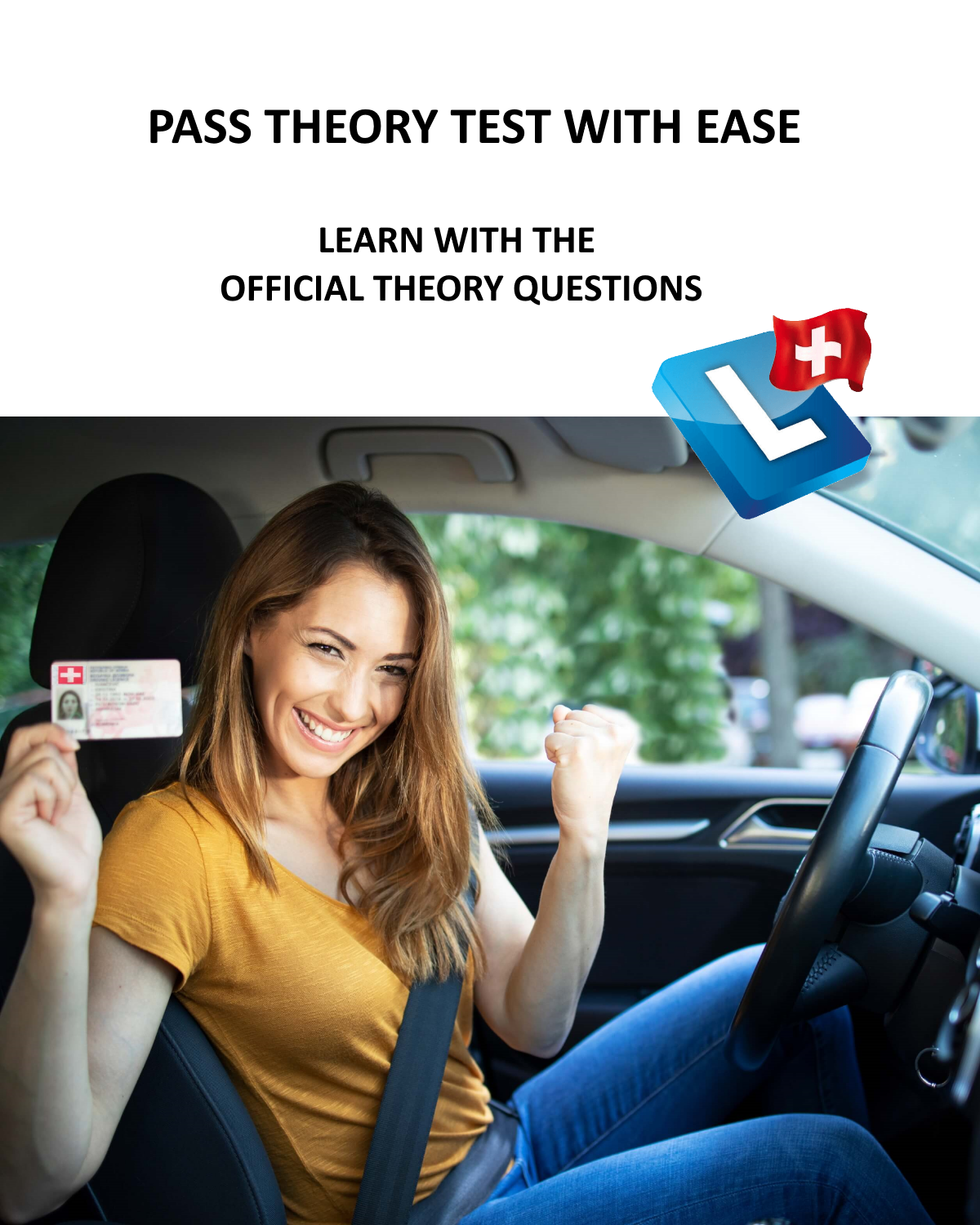Driving away, reversing, turning
Before driving away, the driver must ensure that he/she is not endangering children or other road users. In the case of vehicles with limited visibility to the rear, an assistant must be called in to reverse the vehicle unless all danger can be ruled out.
If reversing is necessary on roads with poor visibility or over a longer distance, the side of the road intended for traffic in the same direction must be used (approx. 20 m).
The high beams must be switched to low beams when reversing.
Reversing and turning is prohibited in tunnels.
On one-way streets, the driver is not allowed to reverse, except when parking, coupling trailers, etc.
Turning and reversing are prohibited on freeways and highways.
Reversing is only allowed at walking pace. Reversing over railroad crossings and blind junctions is prohibited.
Any change of direction must be announced in good time with the direction indicator or by clear hand signals. This applies in particular to
– lane changes and turning off;
– overtaking and turning;
– the insertion of a vehicle into the traffic and stopping at the side of the road.
If the driver of a bus in regular urban traffic announces with the direction indicators at a marked stop that he wants to drive away, the drivers of vehicles approaching from behind must, if necessary, moderate their speed or stop to enable him to drive away; this does not apply if the stop is on the left-hand side of the road. The bus driver must not activate the direction indicators until he is ready to leave; he must wait if vehicles approaching from behind cannot stop in time.
The driver shall avoid turning the vehicle on the roadway. At blind spots and in heavy and in heavy traffic, turning is prohibited



